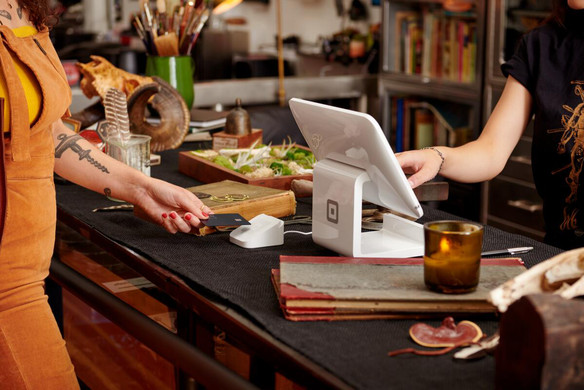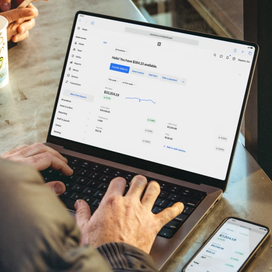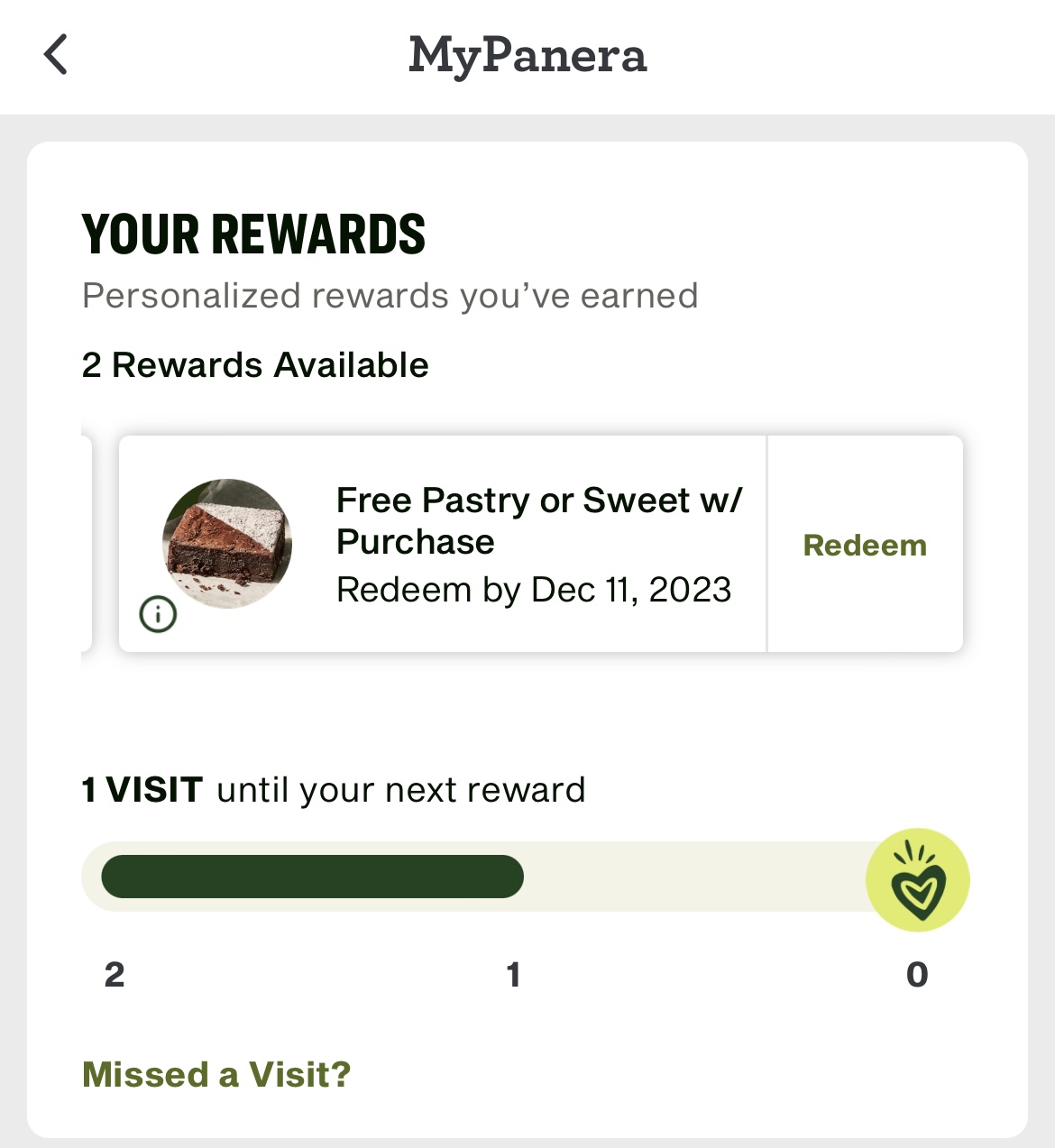Table of contents
Loyalty programs are everywhere. From Chipotle to Panera Bread, restaurants are harnessing the power of rewarding loyal customers. Research shows that the investment is worth the effort. The Square 2024 Dining Report found that 76% of diners expressed an interest in signing up for loyalty programs at restaurants in exchange for exclusive deals and discounts, and more than half of diners are enrolled in two or fewer programs.
What is a restaurant loyalty program?
A restaurant loyalty program is a customer retention strategy that rewards customers for dining and engaging with a brand. There are nine types of common restaurant loyalty programs, including points-based, tiered, paid, value-based, coalition, game-based, visit-based, amount spent, and item- or category-based loyalty. Some restaurants opt to have more than one type of loyalty program, such as a paid option and a free option, like points-based.
The benefits of a loyalty programs in restaurants
There are a number of benefits to having a loyalty program in your restaurant, which include increasing sales, customer satisfaction, and improving your marketing efforts. Squara data shows that customers enrolled in a loyalty program spend 53% more and visit 40% more often. Customers who spend and visit your store more knowing that they are receiving their favorite items and working toward a potential reward or perk can have a more fulfilling dining experience.
With a more fulfilling experience, you create organic brand ambassadors that can aid in your marketing efforts with user-generated content that can sometimes result in viral testimonials. Loyalty programs also give you a new way to market your business. For example, Chipotle introduced a subtle change to its annual Halloween Boorito’deal in 2023 by making it exclusive to loyalty customers only. This gave them an easy way to market its loyalty program and its upcoming deal in one big campaign, making their marketing efforts work twice as hard.
How to set up a restaurant loyalty program
Invest in loyalty tools.
While some businesses may opt to offer a punch system where customers keep track of a physical loyalty card, these can be easy to lose and manipulate. A digital loyalty program makes keeping track of progress simpler for you, your customers, and your staff. Digital programs also help you gain a better understanding of your customers’ habits. With data around how loyalty customers spend in comparison to non-loyal customers, you can track the customer journey and figure out how to convert shoppers easier and quicker. Tools like Square Loyalty integrate into your Square system so you can make loyalty a seamless experience.
Choose a program type.
The aforementioned nine types of loyalty programs can seem daunting at first, but choosing the type that makes the most sense for your business can help narrow things down. For instance, if you’re interested in driving traffic to your website or app, a gamified loyalty program might make the most sense. If you’re interested in driving more revenue, consider implementing a loyalty program based on the amount spent. Using your goals and business needs to drive your decision can help position you for long-term success.
Create irresistible perks.
It goes without saying, but the perks included in a loyalty program matter. The most successful programs have rewards that offer free treats and discounted goods. With this in mind, the rewards have to be attainable. Depending on the pricing structure of your business, implementing an amount-spent-based loyalty program that doesn’t offer any perks until $500 is spent might not be the best course of action. Keeping your program reasonable can work to increase your success rate and make it more attractive to customers.
Market your program.
Once you have your program structure set, tell the world. Using social media marketing, email, or text campaigns and making them visible on your website and in-store marketing can help spread the word. Encouraging staff to mention it to customers at the sit-down or checkout process can help show customers its value in real time. Adding loyalty program information to your receipts, even if customers opt out, gives them a chance to change their mind and still gain points. Running special promotional offers for loyalty program members only is another great way to encourage customers to sign up.
Measure results.
Once your loyalty program has been live for two or three months, be sure to track how it’s performing. Analyze your results to see where you can improve or where you can add further value. Don’t be afraid to pivot and test out different options to discover which program works best for your business. Outside of using data, talk to your customers. Using tools like Square Feedback can help you hear from customers in their own words and help you further determine how you can grow and improve your program.
Examples of successful loyalty programs in restaurants
Panera Bread
MyPanera, Panera Bread’s loyalty program, is a free program based on visits. It offers the standard free birthday treats, the ability to earn with every order, and the option to receive rewards based on your favorite orders — and has 48 million loyalty members. What sets MyPanera apart from competitors is that it goes above and beyond with surprise offerings and unique ways for customers to showcase their loyalty. For example, in November 2023, MyPanera offered loyalty members a chance to win one of 500,000 discounts and a chance to win a VIP college football game experience by participating in the Bready, Set, Score Challenge.
This exclusive offering gives the program extra value, emphasizes the brand, and targets a core audience. When thinking about how to set your loyalty program apart, think about what your customers crave, what could surprise them, and how you can keep them coming back.
Chipotle

Chipotle Rewards, Chipotle’s loyalty program, is another free program that’s based on the amount spent. The program includes free birthday treats and an instant reward simply for signing up. Perhaps one of the greatest things about the rewards program is that it markets itself as “the fastest way to free Chipotle.” This is enticing for customers because it lets them know upfront what to expect.
A unique differentiator for Chipotle Rewards is that its rewards can also be used towards sustainable branded merchandise or charitable causes. Because Chipotle prides itself on using natural ingredients, aligning itself with sustainable apparel and charities such as the National Young Farmers Coalition makes sense for its brand and its audience. To help your loyalty program resonate with your audience, analyze what they care about and why they should be loyal to your brand.
Fatbacks BBQ
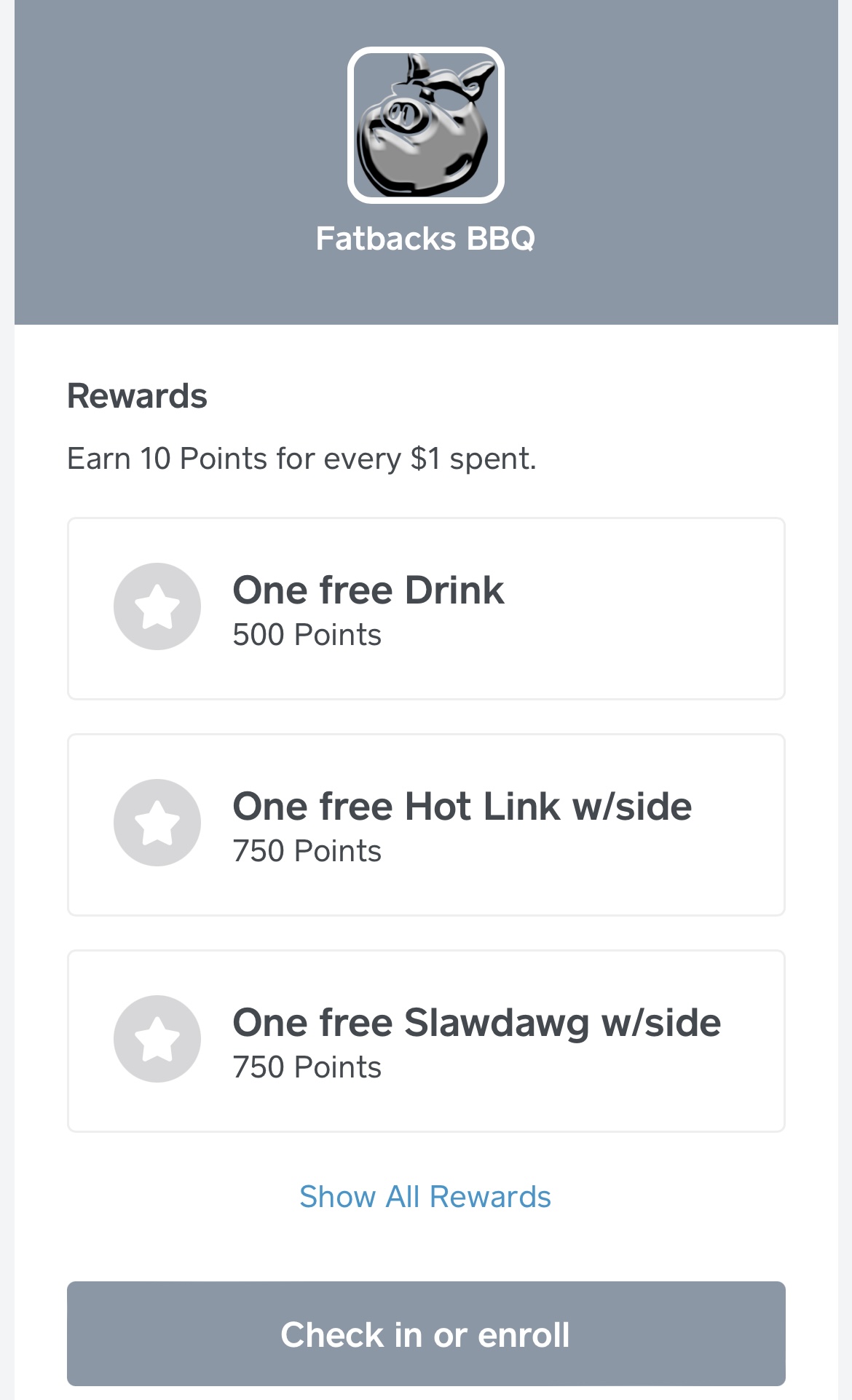
Fatbacks BBQ, a restaurant in Quincy, Illinois, has a free-tiered loyalty program that’s based on accumulating points. With three tiers — white, silver, and red — customers have the option to earn everything from a free drink to a free pound of pulled pork. The points system ranges from 500 to 5.000 points, with each tier supporting two levels of points. For example, the red level has reward options for 2,500 and 5,000 points.
What makes this rewards program unique is that it clearly outlines what you need for specific rewards and also offers some pretty significant menu items, showcasing its worth upfront.
Sugar Lab Bake Shop
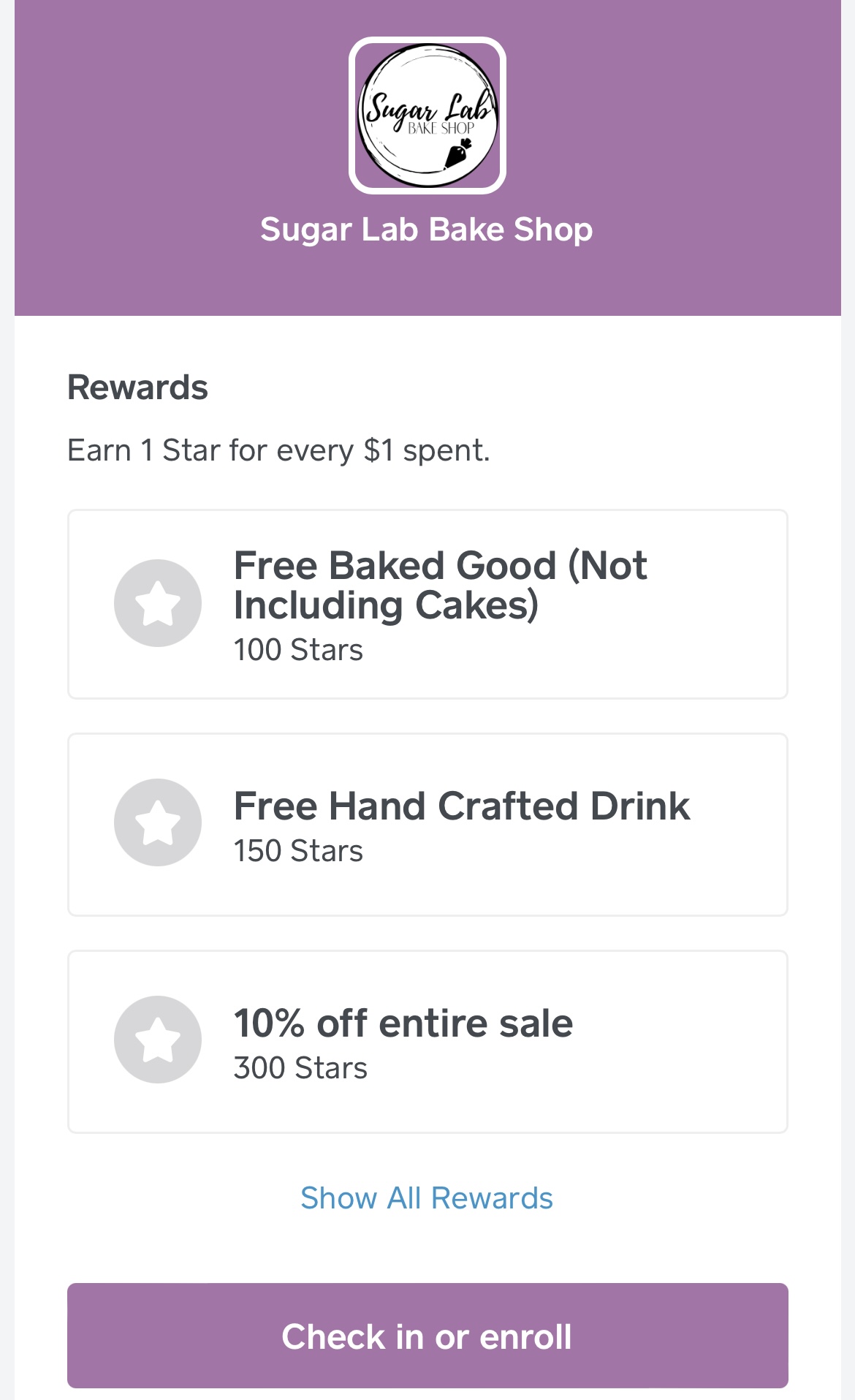
Sugar Lab Bake Shop, a mother-daughter bake shop in Ventura, California, has a free loyalty program based on the amount spent. For niche businesses like bakeries, orders can range from a smaller dollar amount to a significant amount, depending on the occasion. With this in mind, half of Sugar Lab’s offerings are a select percentage off of sales that can benefit every order size. They also have free drinks and treats for customers who crave a small pick-me-up when they visit their shop.
![]()

